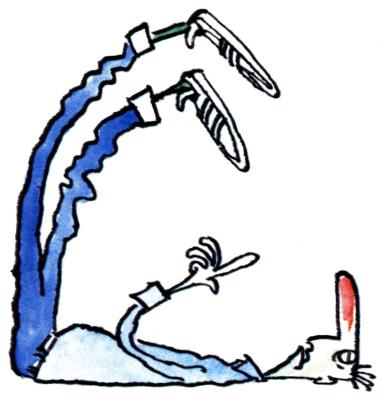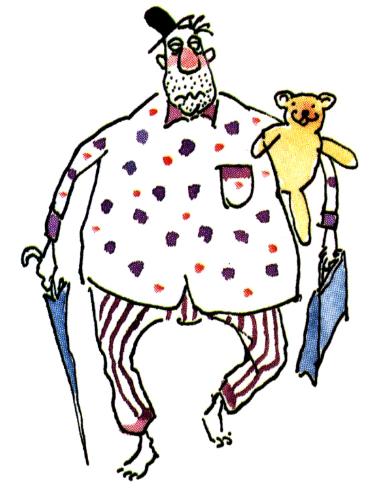MYTHS - THE POWER OF DRINK

There is much “popular wisdom” about alcohol which is simply false.
"Alcoholics are born not made" - MYTH!
There is some evidence that a minority of problem drinkers may have a genetic predisposition. However, problem drinking is mainly “learned” behaviour, arising from a number of factors, both social and psychological. Again, some individuals may be genetically prone to alcohol-related illness.

“Alcohol improves my sex life” - MYTH!
Alcohol lowers inhibition, and therefore the drinker may respond more freely to sexual stimulation, but too much alcohol reduces performance. Long term excessive use may lead to impotence in men.
“It provokes the desire but it takes away the performance.”

“I’ll sweat it out” - MYTH!
“Black coffee and a game of squash will sober me up.” Myths!
Only one small amount of alcohol is eliminated from the body through urine, breath and perspiration - about 6%. This may rise to 10% for those who are heavy drinkers. Alcohol is retained in the body until it is burnt up in the liver. This rate of oxidation is fairly constant and little can be done to influence it. An average person will oxidise alcohol at the rate of one unit per hour, ie half a pint of beer or a single measure of spirits per hour.
Once in the body the effects of alcohol are beyond the control of the individual. It is simply a matter of time.

“I’m not drinking spirits tonight, so I won’t get drunk” - MYTH!
What matters is how much alcohol is consumed in whatever form - beer, wine or spirits.
Alcohol is usually served in standard measures so that whether you have beer of normal strength or whisky, on average the same amount of absolute alcohol will be drunk. It needs to be remembered that beers and ciders come in different strengths, and a glass of the strongest may contain more than twice as much alcohol as a single whisky.
Half pint of beer or 1 glass of wine or 1 tot of whisky = 1 unit of alcohol
One unit of beer is just as potent as one unit of spirits.

“I do better after a few drinks” - MYTH!
“Alcohol is a primary and continuous depressant and in this respect it shows the characteristic action of general anaesthetic.” Drew Report 1962
“Alcohol is freely described as a stimulant. In point of fact it has scientifically speaking no such property as its action is almost entirely narcotic.” Royal Commission on Licensing 1931
When they drink, people do things they might not otherwise do, not because alcohol is a stimulant, but rather because it is a depressant. Under its influence, those functions of the brain which make humans human and safeguard them - judgement and self-control - are the first to be impaired.

“I know how much I can drink before I’m over the limit” - MYTH!
There is a popular rule of thumb that one unit of alcohol raises the blood alcohol concentration (BAC) by 15mgs. But this varies, depending on sex, bodyweight and amount of food in the stomach; whether bar measures - not ‘party’ ones - have been drunk; whether drinks have been mixed; and the time interval between drinks. The effect of one drink may result in blood alcohol levels from 9mgs to 27mgs.
When driving the only safe limit is ZERO alcohol!

“I’ll sleep it off” - MYTH!
People who drink heavily at a late night party and go to bed at perhaps 12.30/1.00am with a blood alcohol level of 200 milligrams per 100 millilitres of blood, may fail to realise that they could be travelling to work the next day above the legal limit.
Even by noon, they will still have alcohol in their blood!


“A drink warms me up” - MYTH!
Alcohol makes a drinker feel warmer because the skin vessels dilate and blood rises to the skin’s surface. This causes flushing and a raising skin temperature. But body temperature is in fact lower, because surface heat is lost.

